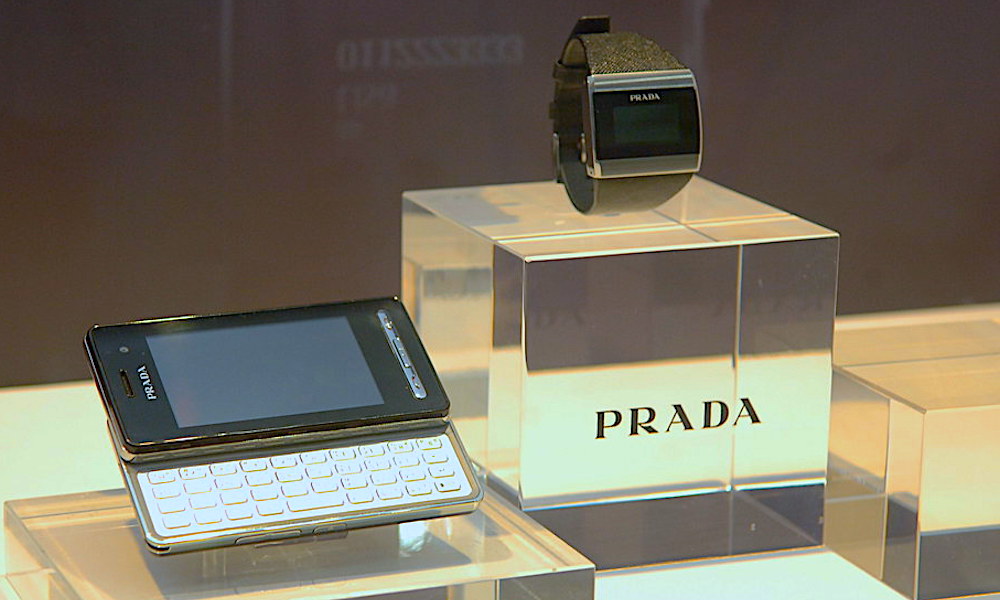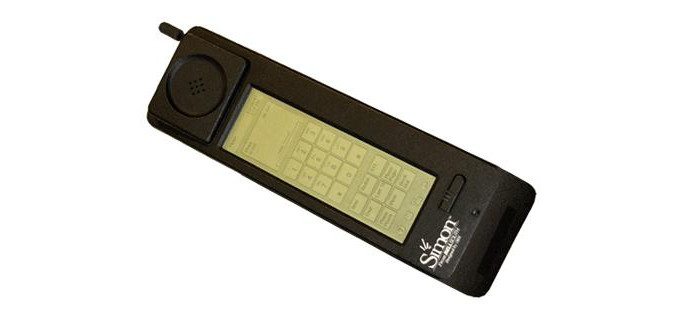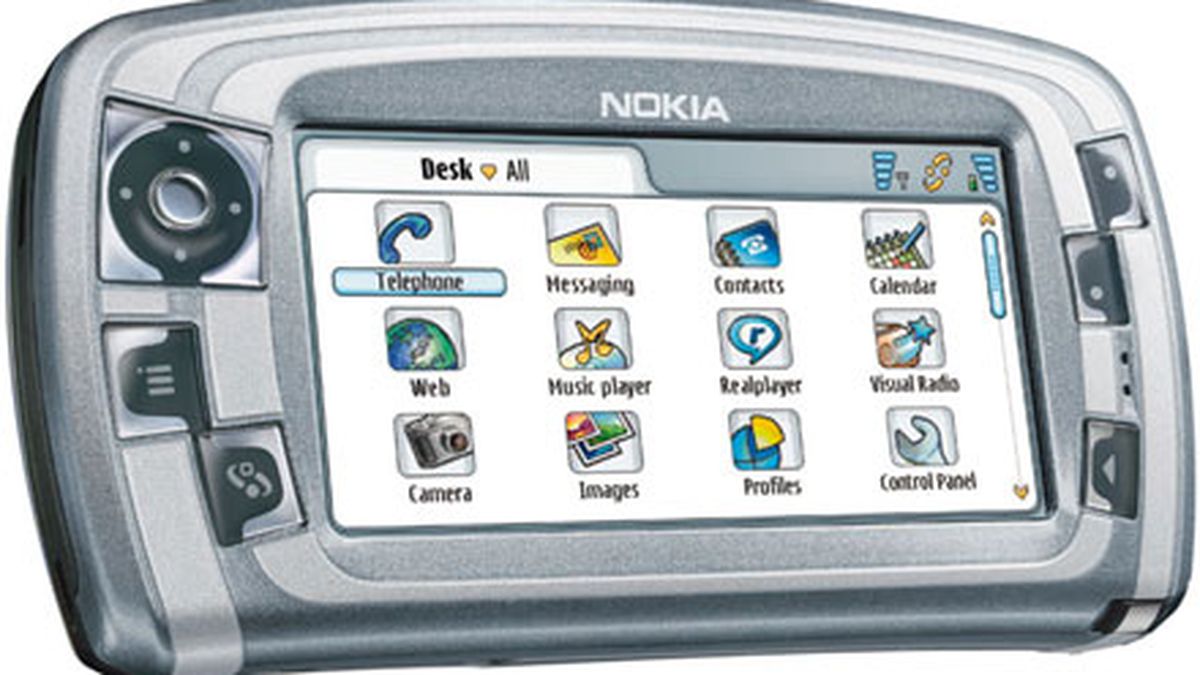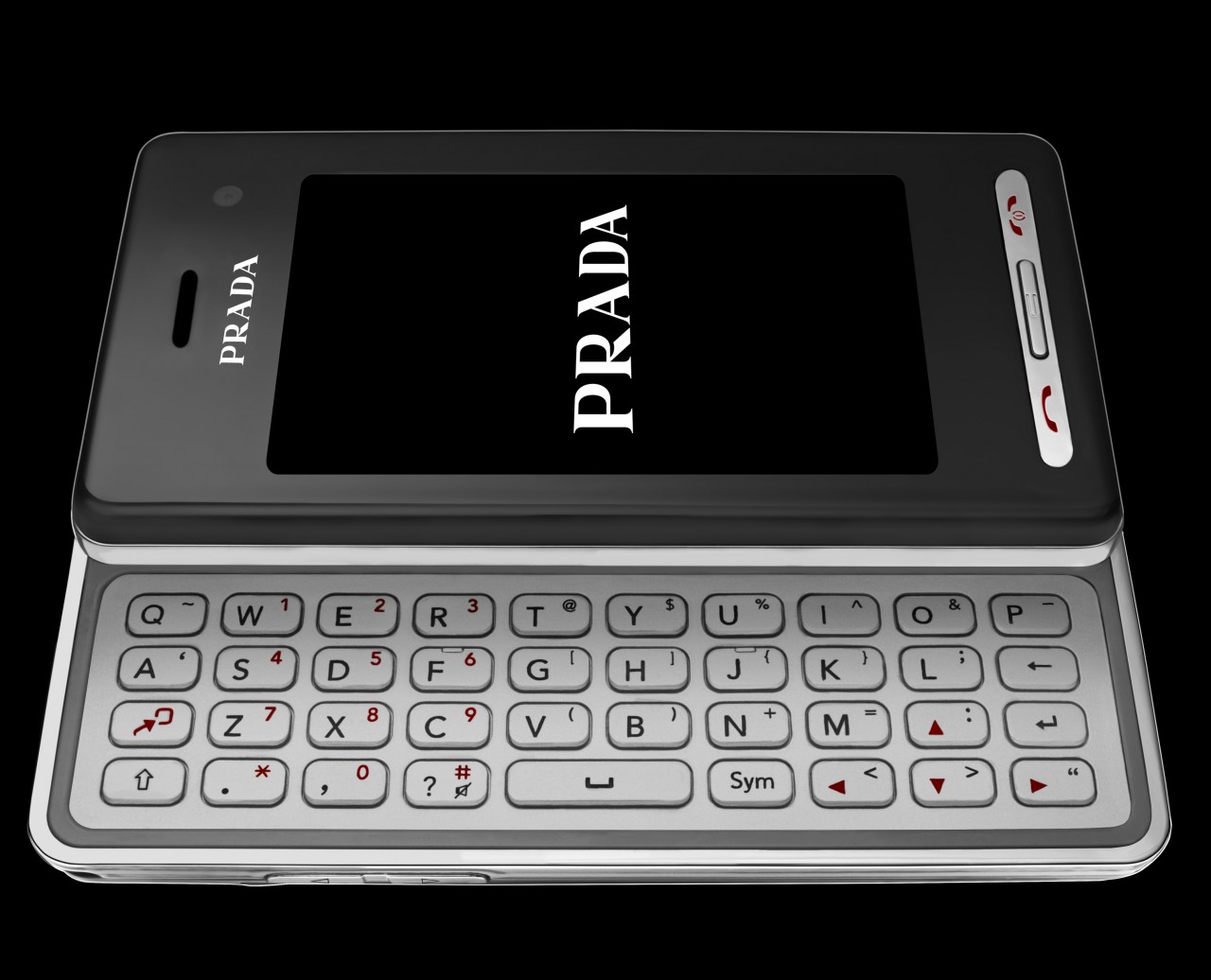Four Touchscreen Phones That Came BEFORE the iPhone
 Credit: LG / Flickr
Credit: LG / Flickr
When people talk about the age of the smartphone, they often see the iPhone as a key starting point. One important feature at the time was actually its innovative, multi-touch touchscreen display, which was presented to the world in 2007. Before that, most phones required a bunch of physical buttons alongside their touchscreens, some even requiring a stylus.
However, there were actually some earlier models of touchscreen devices that deserve attention too, but also exhibit how truly limited our technology was just a decade ago. Continue reading to check out four touchscreen phones that came before the iPhone.
IBM SimonÂ

While most users would likely assume that the first real touchscreen smartphone came about in the early 2000s, the actual date of such a device was back in 1994. Meet the IBM Simon.
Shaped like an old-school satellite phone, the Simon channeled the energy of the cellular "brick" phone with the PDA/pager design, adding elements that allow users to send and receive emails, faxes, and cellular pages.
While the Simon was certainly a game-changer, its bulkiness couldn't compete with the more versatile and wildly popular flip phone design.
Nokia 7710

Back in the day, Nokia was a god among men when it came to phones. Their simple devices offered users cheaper and accessible cellular devices for much of the 2000s, whether it was the Nokia 505 or the 1110. They were durable, they were portable and they were usable. But every model was a keyboard-based device.
It wasn't until 2004 that Nokia broke away from their traditional models with the 7710. The device came out in 2004 and had a TFT touchscreen. The screen aspect ratio was 2:1, but relied primarily on physical buttons for things like answering calls, navigating and accessing menus if the user preferred. It came with 90MB of memory built-in as well as a 128MB card. In select countries, it was even sold as a precursor to Google Maps by way of a satellite receiver.
LG Prada

After the Nokia 7710, users began to prefer one of two things. Either it was a PDA, designed for business; or it was a flip phone, with an emphasis on portability over functionality. But in the 2000s, competitors attempted to fuse together their own interfaces with touchscreen capability. The LG Prada's example is particularly notable due to its 2006 release date's proximity to the Apple iPhone release in 2007, as well as the software involved.
The LG Prada featured three whole inches of TFT touchscreen, memory to save 1,000 phonebook entries, 40 dialed call records, 40 missed calls and 40 received calls, as well as a 256MB of storage. It also had a 2MP camera and supported most basic audio formats.
In comparison to the iPhone, the Prada was leaps and bounds behind the iPhone's innovative iOS at its eventual time of arrival. But it cannot be denied that the Prada was a game-changer at the time of release. And at the very least, it could send picture messages (unlike the OG iPhone).
Samsung SGH-F700

One of the integral features of touchscreen phones in the 00s was an extended keyboard. Users could flip out a physical keyboard and start typing through that, rather than access it on the screen. At the time of 2006, the Samsung F700 was following standard patterns; but ended up being completely competitive with the monumentally successful sale of the iPhone in 2007, with only 6 months sitting between Samsung and Apple's release dates. It had a 3.2 inch TFT resistive touchscreen with 256K colors at a resolution of 240 x 400.
The memory card of an F700 could store (according to their comparisons) 1,000 phonebook entries, 30 dialed call records, 30 missed calls, 30 received, keeping it all in an internal 112 MB of storage.
The F700 would set a strong competitive standard for touchscreen devices in the market, but it still fell behind the times when the iPhone proved a physical keyboard was no longer necessary.
